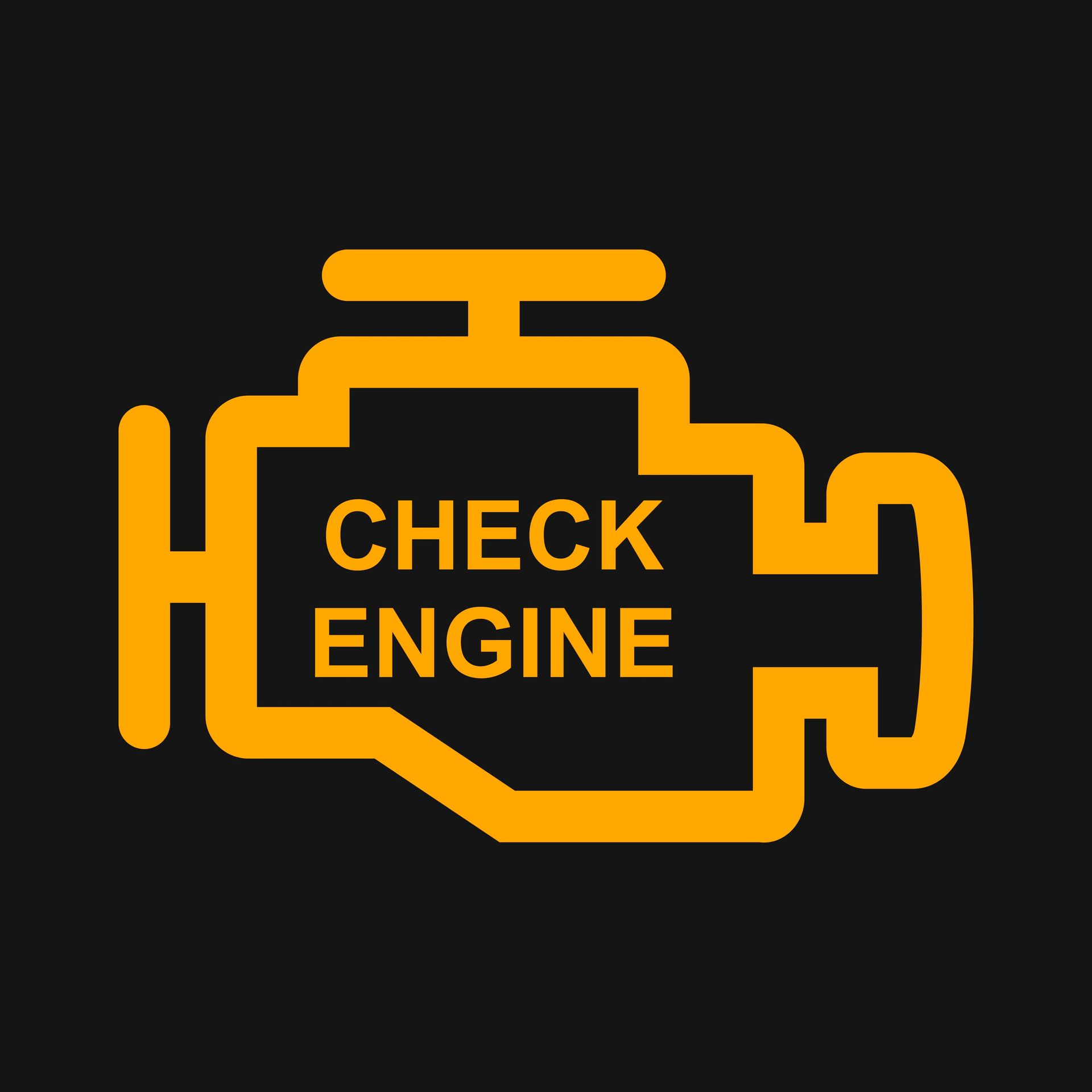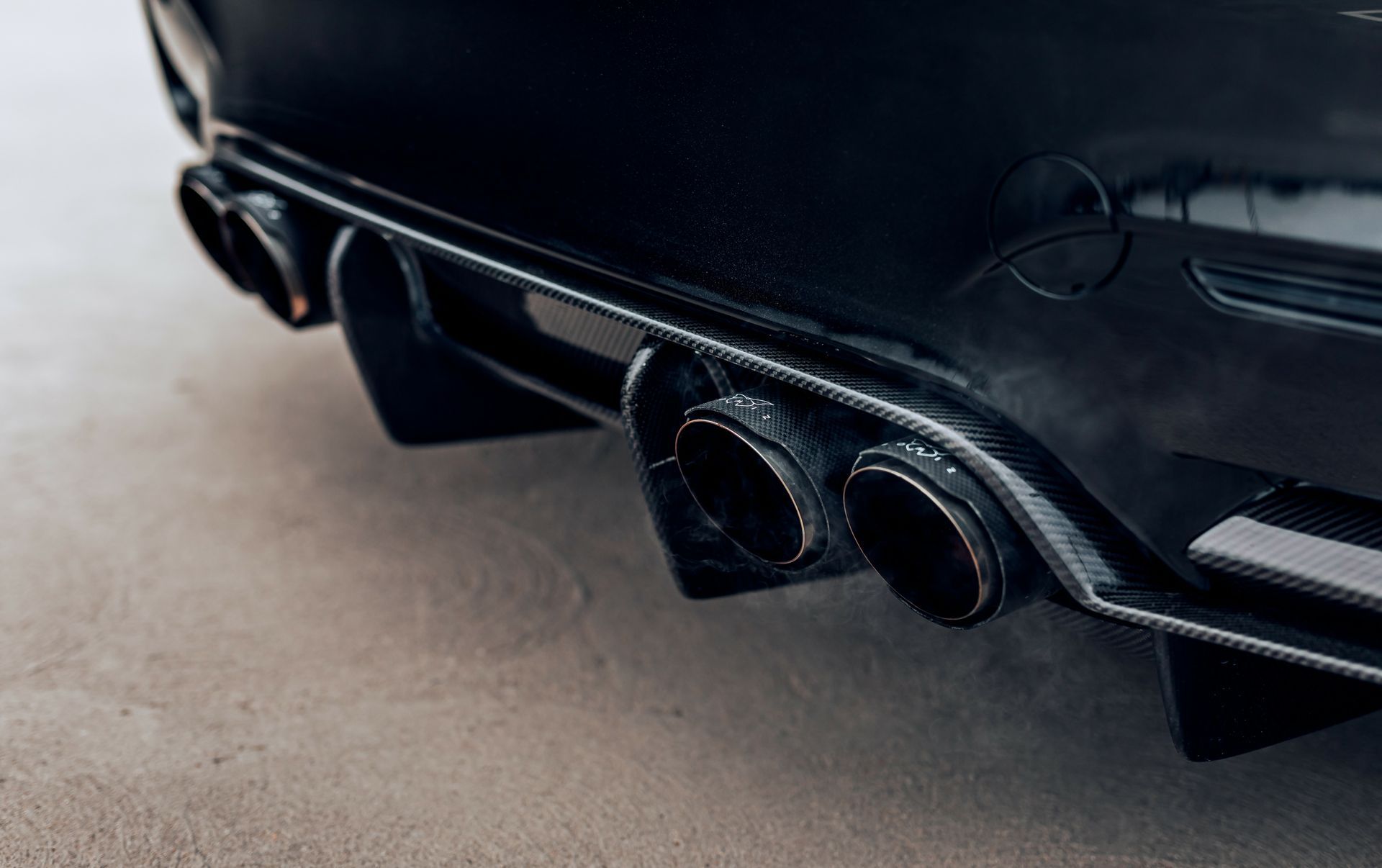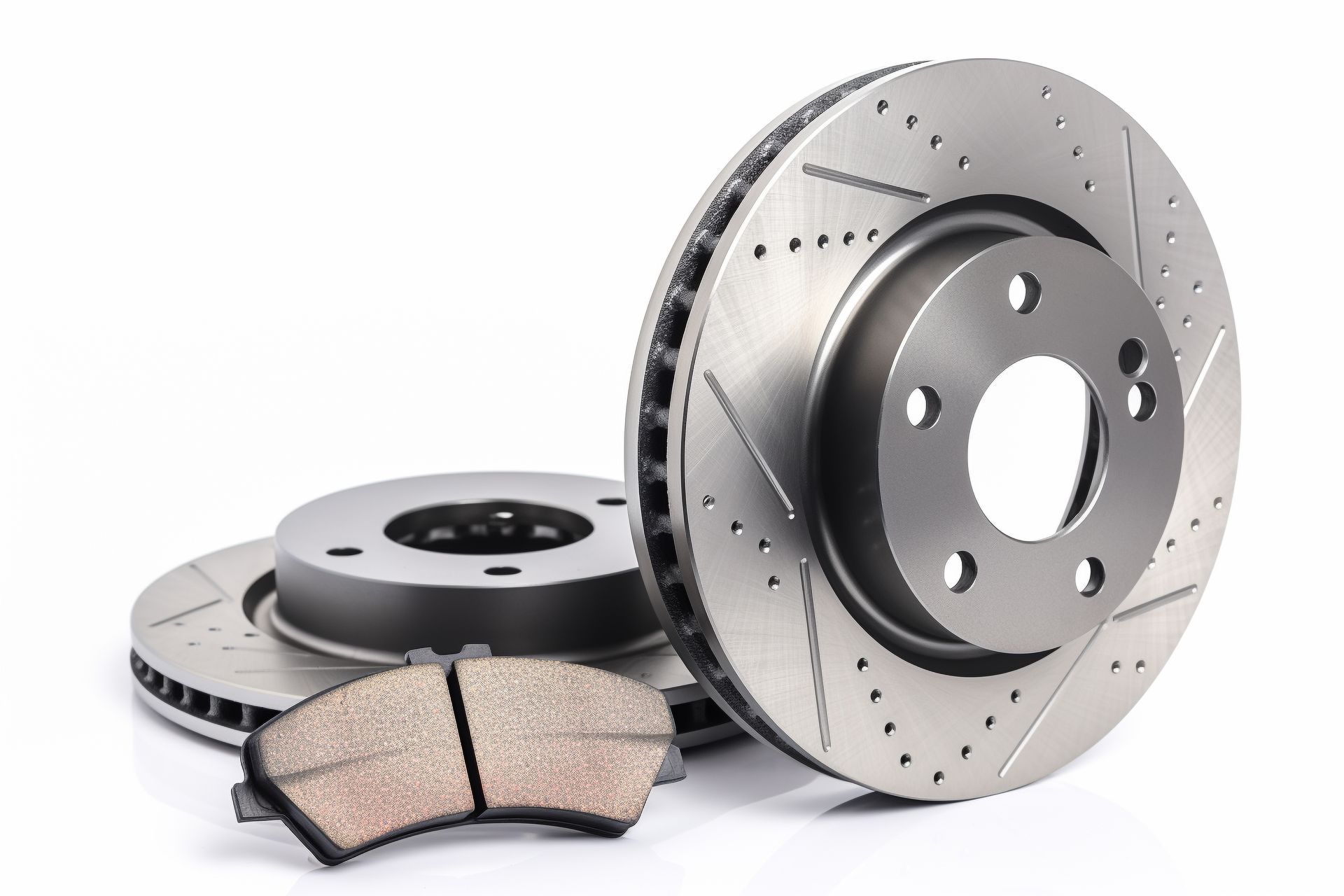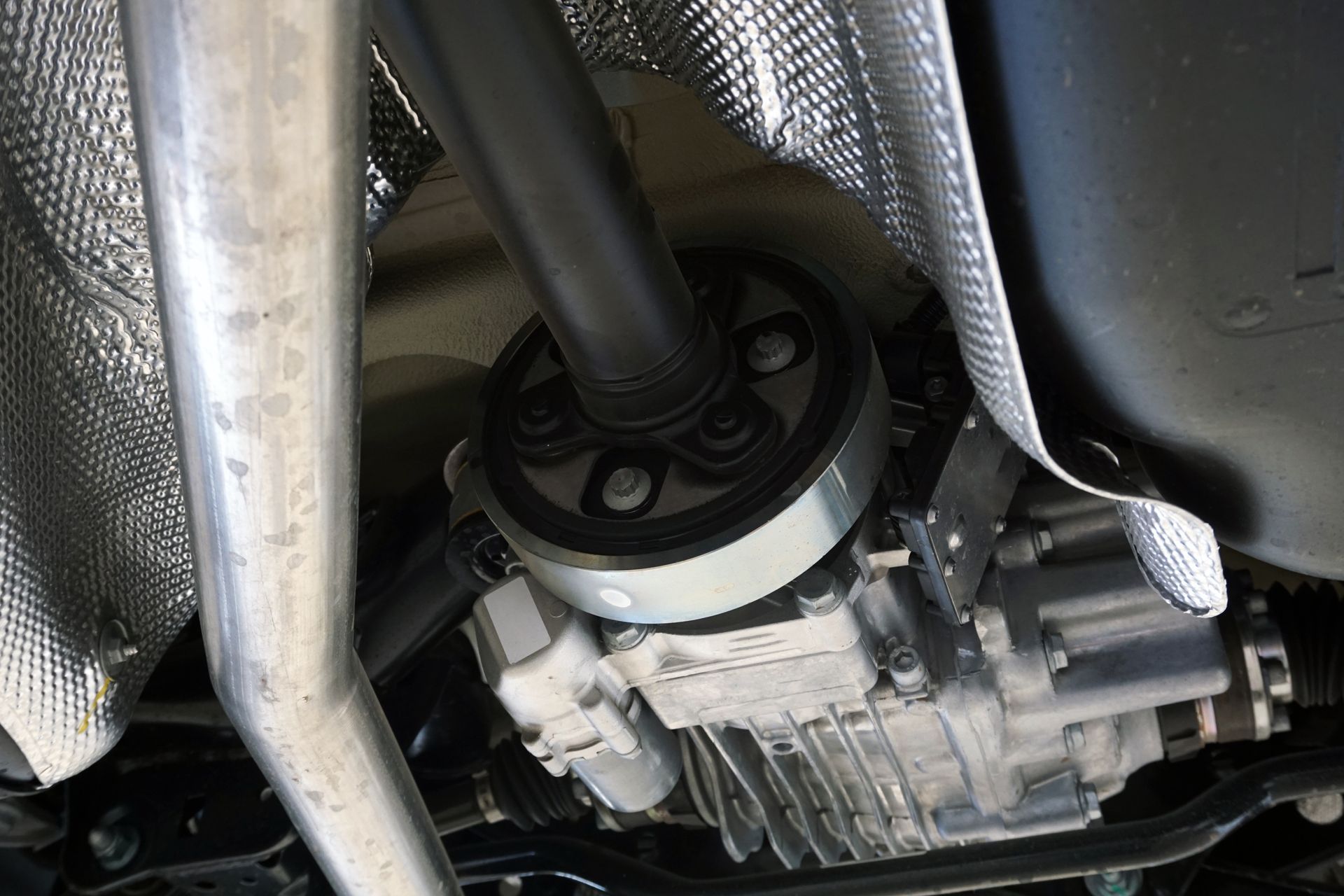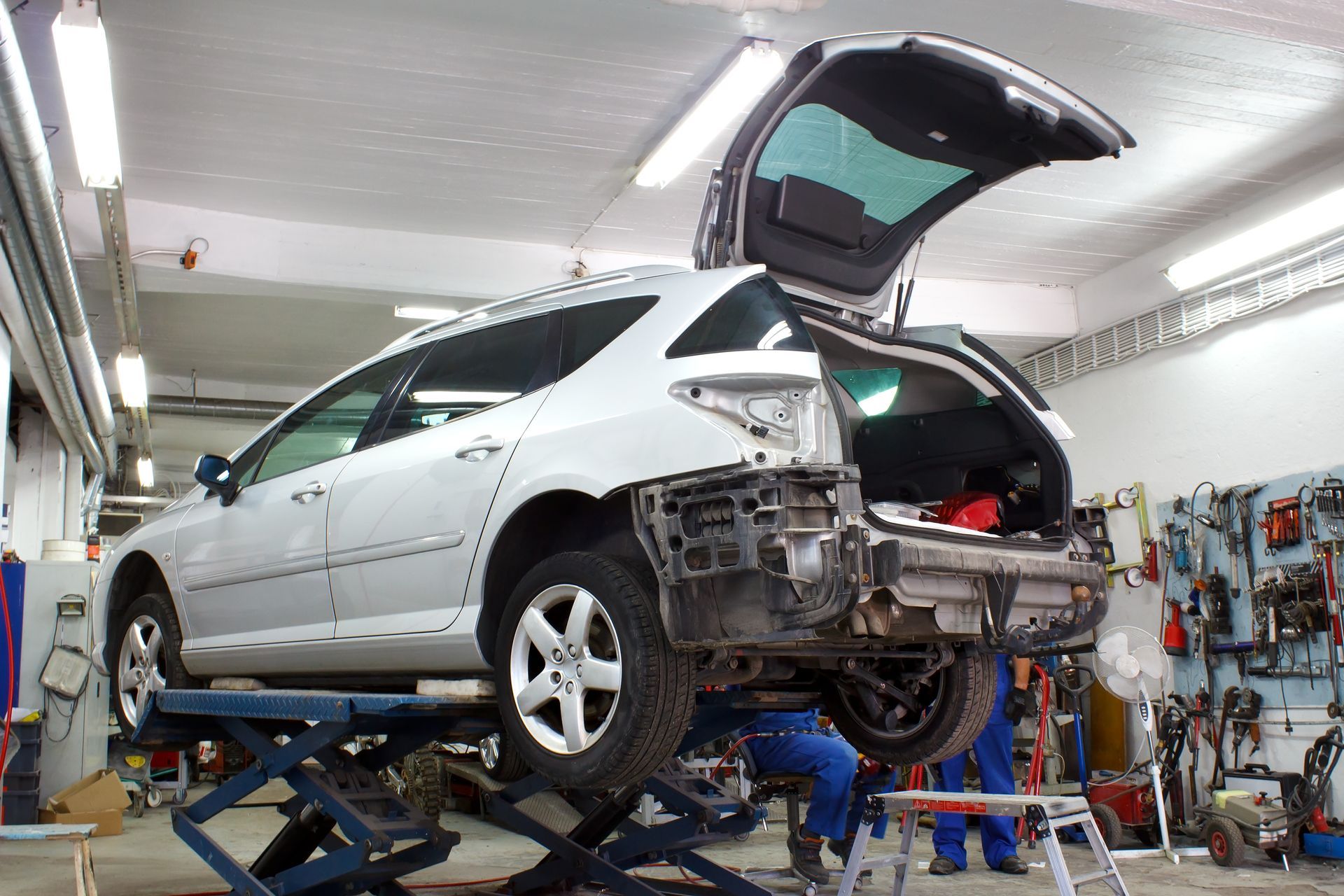Introduction:
The cabin air filter is an essential component in your vehicle's HVAC (Heating, Ventilation, and Air Conditioning) system, responsible for filtering out airborne contaminants and ensuring that the air you breathe inside the vehicle is clean and free from allergens and pollutants. In this article, we'll explore the importance of the cabin air filter, signs that indicate it needs replacement, and the basic process involved in changing it.
Why the Cabin Air Filter Matters:
1. Air Quality:
A clean cabin air filter improves the quality of the air inside your vehicle, removing dust, pollen, allergens, and harmful particles to provide a healthier and more comfortable driving experience.
2. HVAC System Performance:
An efficient cabin air filter helps maintain the HVAC system's performance by preventing debris from clogging the system's components, such as the blower motor and evaporator.
3. Passenger Comfort:
A well-maintained cabin air filter ensures that passengers, especially those with allergies or respiratory issues, can enjoy a more pleasant and irritation-free ride.
Signs Your Vehicle's Cabin Air Filter Needs Replacement:
1. Reduced Airflow:
If you notice that the airflow from your vehicle's vents has decreased, it may indicate a clogged cabin air filter.
2. Strange Odors:
Unpleasant odors, such as musty or moldy smells, when you turn on the HVAC system can be a sign that the cabin air filter is dirty or contaminated.
3. Increased Allergies or Respiratory Issues:
If you or your passengers experience increased allergy symptoms or respiratory discomfort while inside the vehicle, it could be due to a compromised cabin air filter.
4. Visible Dirt and Debris:
Inspect the old cabin air filter. If you see visible dirt, leaves, or debris trapped in the filter media, it's time for a replacement.
The Cabin Air Filter Replacement Process:
1. Locate the Cabin Air Filter:
The cabin air filter is typically located behind the glove compartment, under the dashboard, or in the cowl area near the windshield. Consult your vehicle's owner's manual or a repair manual for its exact location.
2. Access the Filter:
Depending on your vehicle's design, you may need to remove the glove compartment or access panel to reach the cabin air filter.
3. Remove the Old Filter:
Carefully take out the old cabin air filter from its housing. Pay attention to how it's oriented, as the new filter should be installed the same way.
4. Clean the Housing:
Before inserting the new filter, clean the inside of the filter housing to remove any loose particles or debris.
5. Install the New Filter:
Place the new cabin air filter into the housing, making sure it fits snugly and is oriented correctly. Follow any arrows or labels on the filter for proper orientation.
6. Close the Access Panel:
If you had to remove an access panel or glove compartment, securely reattach it.
7. Test the HVAC System:
Start the HVAC system and ensure that airflow is restored, and there are no unusual sounds or issues.
8. Dispose of the Old Filter:
Properly dispose of the old cabin air filter in accordance with local environmental regulations.
Conclusion:
Regularly replacing your vehicle's cabin air filter is a simple but essential maintenance task that ensures clean and healthy air inside your vehicle's cabin. Consult your vehicle's maintenance schedule to determine how often you should change the cabin air filter, and always use a quality replacement filter for the best results.





